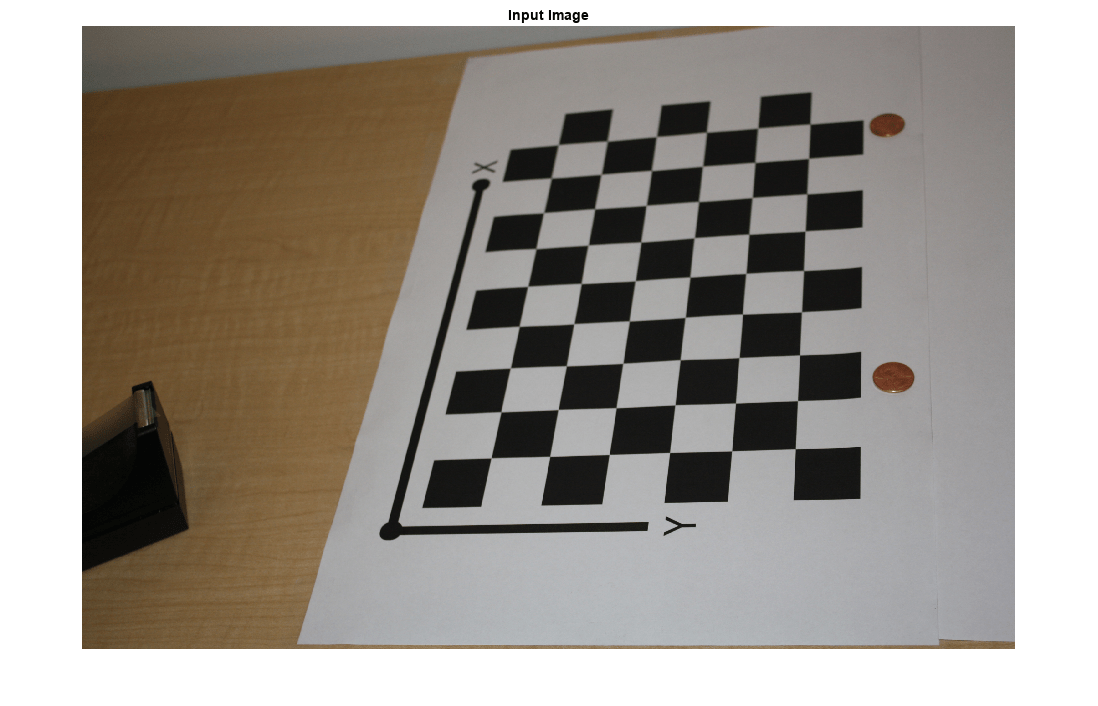cameraMatrix
(Not recommended) Camera projection matrix
cameraMatrix is not recommended. Use the cameraProjection function instead. For more information, see Version History.
Syntax
Description
camMatrix = cameraMatrix(cameraParams,tform)camMatrix, which can
be used to project a 3-D world point in homogeneous coordinates into an image.
cameraParams can be a cameraParameters object or a cameraIntrinsics object.
camMatrix = cameraMatrix(cameraParams,rotationMatrix,translationVector)
Examples
Input Arguments
Output Arguments
Extended Capabilities
Version History
Introduced in R2014bSee Also
Apps
Functions
cameraProjection|estimateCameraProjection|estimateExtrinsics|triangulate|estimateCameraParameters|estrelpose
Topics
- Evaluating the Accuracy of Single Camera Calibration
- Structure from Motion from Two Views
- Structure from Motion from Multiple Views
- Depth Estimation from Stereo Video
- Code Generation for Depth Estimation from Stereo Video
- What Is Camera Calibration?
- Using the Single Camera Calibrator App
- Using the Stereo Camera Calibrator App
